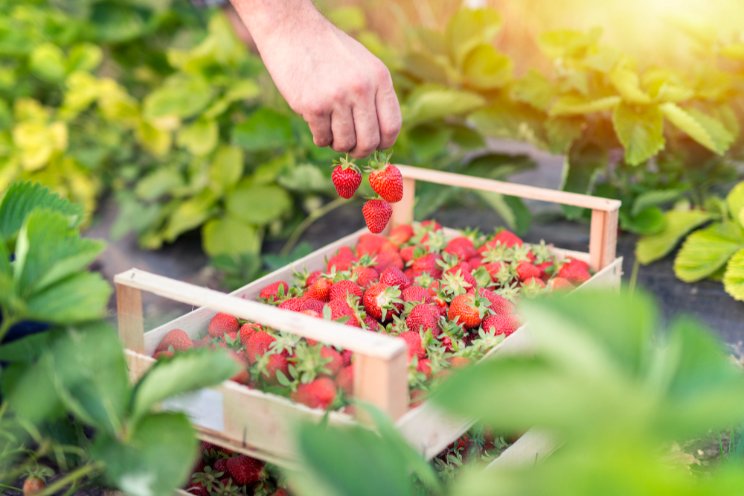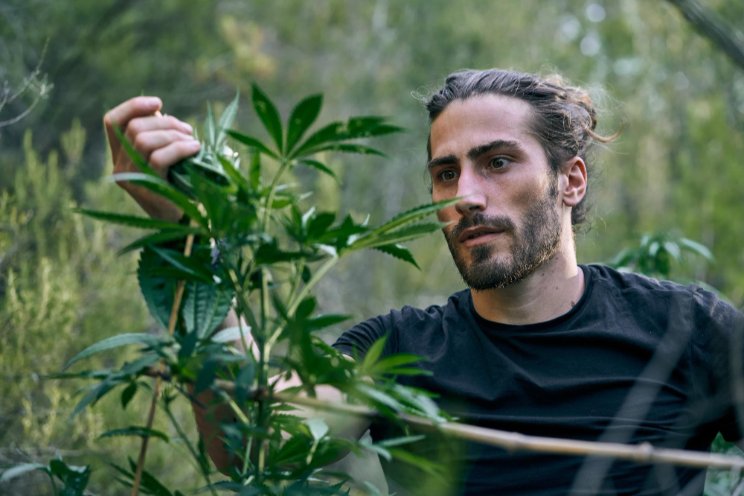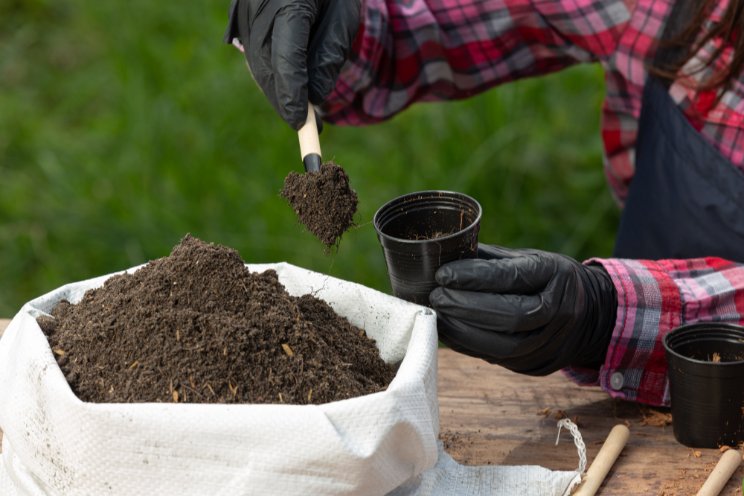Top pests in cannabis crop
Added on 12 February 2020


Cannabis aphids live on the foliage of plants, and many growers will do an initial knock-down spray to control them. Photo by Suzanne Wainwright-Evans/Buglady Consulting
Why is identification so important? When it comes to pest management, most states regulations for cannabis and hemp are limiting on which pesticide products can be used, so growers are relying heavily on biological control agents (BCAs). Most biocontrol agents are very specific in their job, and you need to make sure to get the right BCA for the specific pest. It is also important to note which stage the crop is in (propagation, vegetative, or flower) because this can impact which BCA can be used. Keep in mind there is not a BCA for every pest found in cannabis, so sometimes applying a spray product may be the only option.
What follows is a brief overview of some of the pests we are finding in cannabis crops these days. A lot goes into managing a pest but always start with proper identification. If you are unsure, find someone who is qualified to do the identifications and can make good solid recommendations. Also, when looking for control options, check the dates on articles. With time, we are learning more and more about the pests of cannabis, and recommendations have changed through the years. Look for the most up-to-date information as possible.
Aphids: Management Changes With the Species
Aphids are one of the more common pests and definitely the top pest of 2019 across the U.S. and Canada in cannabis and hemp. There are a few different species and once again, you need to identify which specific species you are dealing with so you can put together a solid management program.
Some of the aphids live on the foliage like the cannabis aphid (Phorodon cannabis) and some live on the roots like the rice root aphid (Rhopalosiphum rufiabdominale). Because these two pests live on different parts of the plant, management approaches will be different. For the cannabis aphid (P. cannabis), many growers will do an initial knock-down spray (which product to use will depend on state laws, and which stage the plant is in) and then follow up with an assortment of BCA's.
We are finding BCAs work differently, depending on where in the country they are used. For root aphids, no BCA has been shown to control an established population of root aphids in the soil (there is a difference between will it eat it and will it control a population), so growers are focusing more on cultural practices and drenching microbial insecticides (products that contain actives like Beauveria bassiana or Isaria fumosorosea). Again, state laws will decide what products can be used.
Thrips: Early Detection is Critical
Thrips are another insect pest that has been popping up here and there in cannabis. They do not seem to be as economically important as aphids are, but they can certainly cause serious damage. Early detection is very important. The most cost-effective detection can be done by using sticky cards and scouting. While scouting, banging the leaves onto a white or black board is an easy way to see them. This is also useful for scouting for spider mites.
Thrips identification can be tricky, and once you find them in your greenhouse, you may have to send the adults off for identification. After you have a positive id, you can plan your management strategy that can include BCA's and spray products (B. bassiana or I. fumosorosea have been shown to be effective). BCA's are most often used for this pest, but it is important to know which species of thrips you have because BCA's will not control all thrips species.
Other pests can include fungus gnats, whiteflies, caterpillars, plant bugs, lace bugs, and more. I am certain we will learn about more in cannabis crops over time. If you have a good solid scouting program in place, you can catch these pests early before they become an economic issue.

Twospotted spider mites are very common in many crops but can easily be managed with horticultural oils and soaps, as long as you get good spray coverage. Photo by Suzanne Wainwright-Evans/Buglady Consulting
Mites: Start Preventive Control Measures Early
Mites are a pest that can destroy your entire crop. Once again, identification of which specific mite is critical because there are a few different species that attack cannabis. Their management practices may be different. Twospotted spider mites (Tetranychus urticae) are very common in many crops but can easily be managed with horticultural oils and soaps, as long as you get good spray coverage. You do have to watch which stage your crop is in because spraying in flower should be avoided. Therefore, you need to start your program in propagation, to prevent problems from happening. Twospots can also be controlled with predatory mites. Phytoseiulus persimilis is one of the more commonly used beneficials for the management of this pest. It will feed on all life stages of twospots and is readily available commercially.
Other mite pests include the broad mite (Polyphagotarsonemus latus) and the dreaded hemp russet mite (Aculops cannabicola). Broad mite has been an ongoing problem in ornamental crops and vegetables for years, so fortunately there has been work done to help learn how to manage this pest. Horticultural oils and the predatory mite Neoseiulus cucumeris have been very helpful in taking care of this pest in ornamentals as well as cannabis. As always, the predatory mites are best used as a preventive but can be applied after many oils have dried. Always check your spray with the pesticide compatibility apps that are available from most producers.
The hemp russet mite is a very challenging pest. Because it is so small (less then a millimeter), most growers do not realize they have them until they have a high population. The best control is to prevent them by having strict sanitation rules and not bringing them in on plant material. If new plants or cuts are brought in, there should be a quarantine area for them. Unfortunately, BCAs have not been very successful at controlling this mite once you have a population.
Growers often resort to spray products like oils or sulfur. These two products cannot be used in conjunction because it can cause phytotoxicity. Also, as stated before, you must check what is permitted for use in the state where the crop is being grown. Coverage, as with any spray product, is critical. These are contact products, so make sure a good quality sprayer is being used. Your control is only going to be as good as you are an applicator.
Source: Greenhouse Grower
Photo Courtesy of Potguide
Source: Goedemorgen
More news















